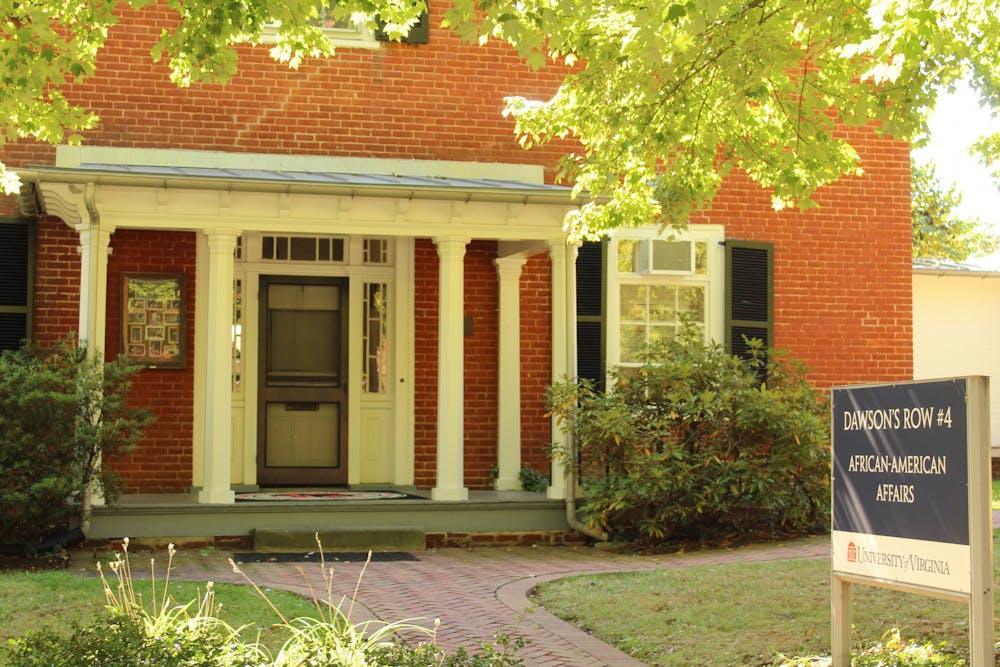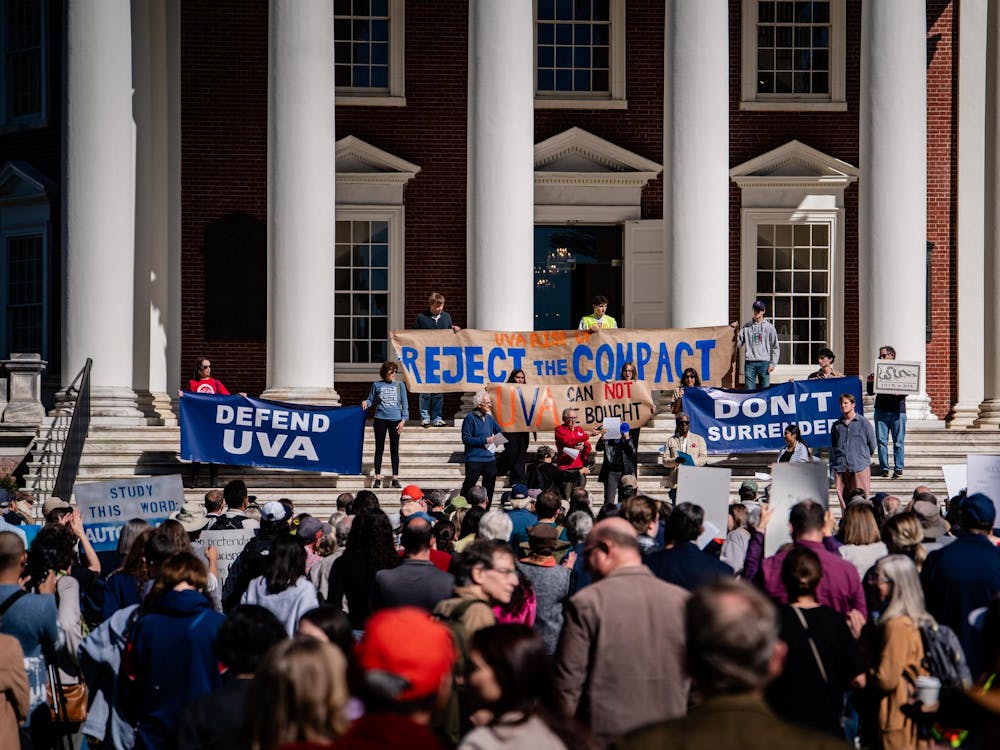In light of a recent hate crime that threatened the well-being of Black students on Grounds, the Black student population demanded that the University allocate funds to create a central Black Student Center in Newcomb. Not only do I support this demand wholeheartedly, but I have also been calling for this necessary venture since early 2021. It is imperative — now more than ever — that the University shows Black students that we are valued and appreciated as members of its community. As an open letter from Black students indicates, recent events have suggested otherwise. Moreover, despite having the Office of African American Affairs as a meeting place for Black students on Grounds, it is not centrally located nor a student center. As students occupying space at a University that we have constantly been shown we do not belong at, we need a place to build community among ourselves that is not cast to the edges of Grounds.
The University added four new and upgraded centers to Newcomb Hall in 2020. The Multicultural Student Center was added to the second floor, the LGBTQ+ Center was moved to the third floor and the Latinx Student Center and Interfaith Student Center were added to the fourth floor. If these groups can have a central space in one of the most recognized and visited buildings on Grounds, so should Black students. There is no reason to assume that Black students can just assimilate into the Multicultural Student Center, as it is not a fully safe space. Black students need our own hub in which we can build community with those who fully understand what we go through living and learning in an environment that was built by us — but not for us. Giving us a central Black Student Center would give us a space to host events and programming in a space where everyone has to physically see us as valuable members of the University community.
The OAAA has been a fixture in the Black University community since its founding in 1976. It is currently the epicenter of Black programming for students and creates a supportive environment that caters to our needs, interests and culture. OAAA also serves as a means to expose the rest of the University to said aspects of our lives. OAAA, which has been recently vandalized, is housed on Dawson’s Row in the Luther Porter Jackson House and the Luther Porter Jackson Black Cultural Center House, which used to be James Monroe’s slave quarters for his home on Monroe Hill. Dawson’s Row also used to serve as housing for patient Confederate soldiers during the Civil War. Confining us to a space that has a deep history of the University’s mistreatment of Black people continues that harmful relationship. A potential argument against giving us a central space may be that we already have the OAAA. But I have to ask — why can’t we have both? Undoubtedly, it remains necessary for Black students to have the Office of African American Affairs as a resource connecting Black students with Black University faculty, but it is necessary for us to have our own student center that lives in a central location on Grounds.
As a Black student at the University, I know the importance of finding peers who can validate my unsavory experiences as a marginalized person. The University has a habit of saying they support us and want to hear our concerns, but we have been shown repeatedly that we are the only ones we can truly depend on. The very least the University can do is provide us with a central space to strengthen our community. We need somewhere we don’t have to code switch in. We need a space where we can talk through the common experiences we shared growing up in and out of Black families. We need a space where we can talk about both our mutual and diverse interests. We need a space where Black students who love anime, Black students who love reality TV and Black students who love both can come together and share their passions. We need a space for unification and healing.
A central Black Student Center would provide the perfect space for community care and community growth for the Black student population. It is important that this center be in a central location not only because the University has afforded that luxury to other centers, but also because we deserve the visibility and convenience it would provide. It would be a safe space in which we can fully be ourselves and not feel the University’s cultural pressure to act in an “acceptable” way. However, this center would not aim to exclude students of other races. This space would also provide the perfect opportunity to share our culture with others and rally allies outside of the Black community — on our own terms. Unlike the Multicultural Student Center, a Black Student Center would provide a space just for us where we get to decide who can and cannot occupy our space.
Not only would this be a spot for relaxing and studying, but it would also be a spot for organizing. Many students do not have to be aware and active when it comes to displays of racism on Grounds. Black students are not afforded this luxury. This is a space we need to organize student activism and formulate plans to fight back against white supremacist attacks against our community. We have the right to gather amongst ourselves and our allies to address the unrest we feel when we are attacked. We also have the right to speak up for ourselves and demand what we need from the University because we feel that a little bit is simply not enough. We are not taking a mile after being given an inch — we are demanding the mile we deserve. It is past the time to deliver on the promises of acceptance made to Black students at this University. It is time to act on the claims the University has made in support of our well-being.
Aliyah D. White is an Opinion Columnist who writes about identity and culture for The Cavalier Daily. She can be reached at opinion@cavalierdaily.com.
The opinions expressed in this column are not necessarily those of The Cavalier Daily. Columns represent the views of the authors alone.







